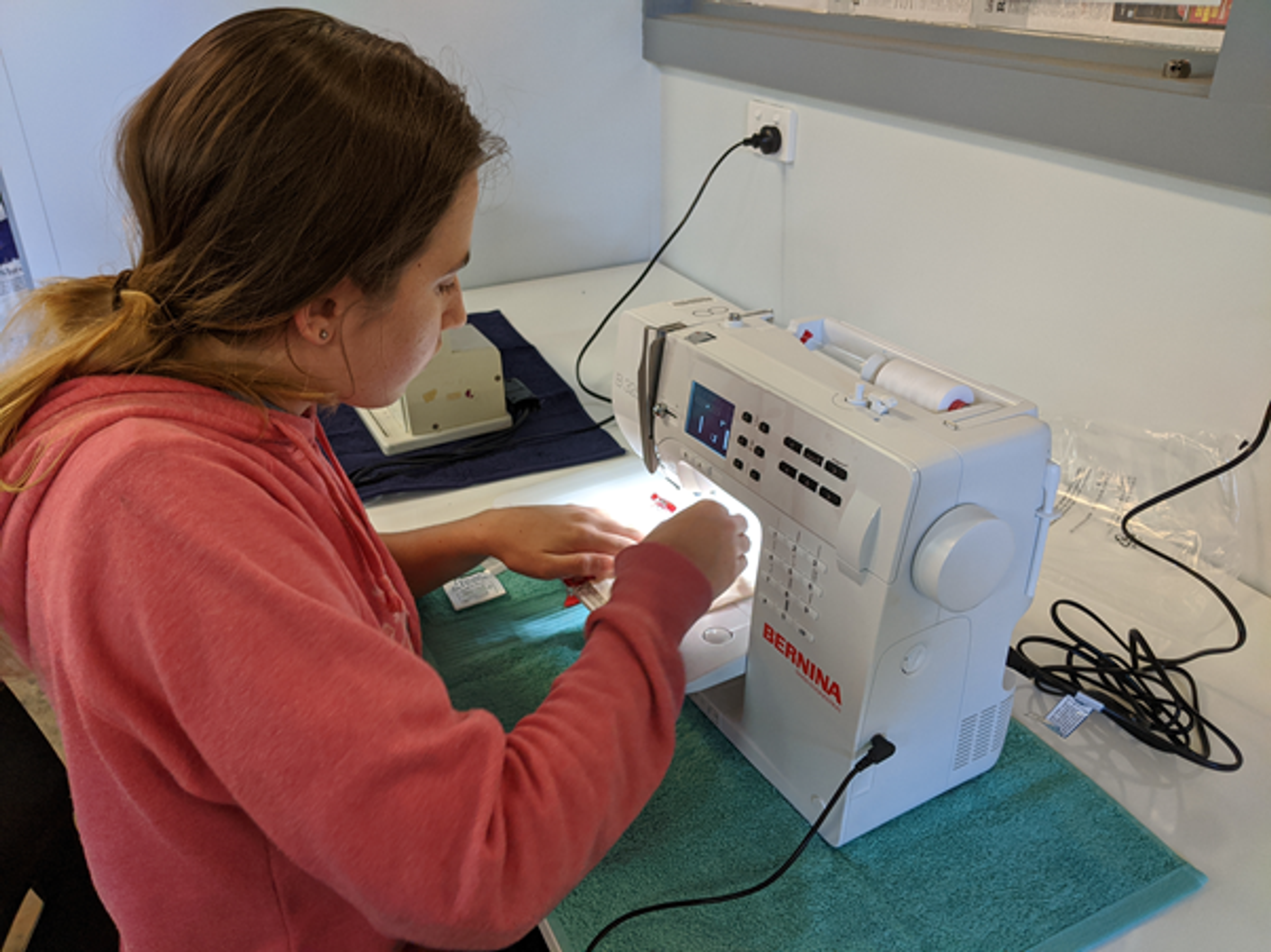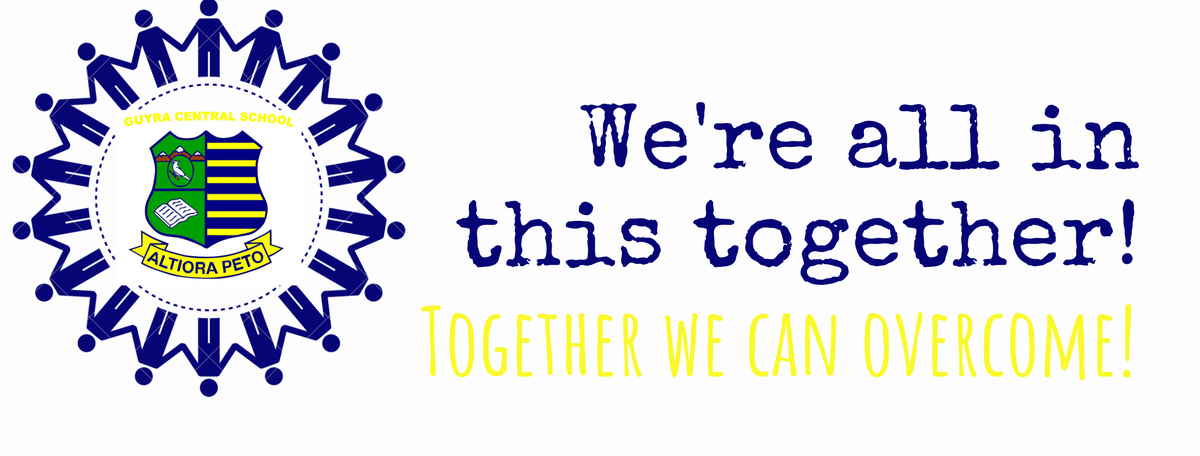Student Wellbeing

Anti-Bullying/Staying Safe Online
A guide for students to staying safe online, and how to respond to online bullying.
Online bullying
Online bullying – or cyberbullying – means using technology like the internet or mobile devices to bully someone. It might include:
- sending abusive texts and emails
- posting unkind messages or images
- imitating others online
- excluding others online
- tagging people in pictures against their wishes
- threatening another person to do something such as sending revealing images.
What should I do if I’m bullied online?
- Stay calm.
- Don’t respond when you're angry or upset.
- Tell someone: a parent or carer, relative, adult friend, teacher or the school’s counsellor or psychologist. Ask for advice.
- If you want to talk to someone other than your school or your family you can contact Kids Helpline. You can call them for free on 1800 55 1800.
How do I report it?
- Keep records of calls or messages that are offensive or hurtful.
- Report serious online bullying to the Office of the eSafety Commissioner
- Call the police if you are physically threatened.
How can I protect myself on the phone?
To stay safe, remember to:
- only give your phone number to people you know and trust
- keep your phone away from people who shouldn't have your number
- use caller ID blocking to hide your number when you call others
- consider whether your messages or calls are appropriate
- always check the privacy settings on your phone.
How can I protect myself on social media?
To stay safe, remember to:
- regularly check and re-set the privacy settings on your social network profiles
- only share your personal information with people you know and trust
- be careful when posting images – they could be shared in public places
- never share your passwords with anyone.
What can I do online?
Online bullying can happen to anyone, anytime, and can leave you feeling unsafe and alone. See Staying safe online.
Talk to someone
Tell an adult about the online bullying. This could be a parent or carer, relative, adult friend or teacher.
Your school can help to deal with bullying whether it happens in person or online if others students are involved.
If you're not comfortable to talk to someone face to face, contact Kids Helpline. You can call them for free on 1800 55 1800.
Report it
- The Office of the eSafety Commissioner has information about:
- How to block, delete or report anyone who is harassing you online
- Online safety issues and what you need to know to protect yourself.
- If you feel physically threatened, call the police.
Mindfulness techniques to help my child stay calm
It’s impossible to completely eliminate some of the things that cause us to be stressed. And a certain level of challenge is useful in our lives – otherwise, we might sit in bed all day eating party pies and posting on social media.
But what you can do is manage your stress.
One way to do this is to meditate. Meditation is where you try to focus on one thing and tune out from what’s around you, sometimes by chanting a mantra. It’s easier said than done, and some people who live at the top of mountains practise for years to get it right.
Or you can do yoga. Get out your mat, kit yourself in activewear and get all stretchy.
Breathe
But you don’t have to do yoga to manage your stress. It turns out the very best thing you can do is to learn to breathe.
Breathing is cool. It slower reduces cortisol (often referred to as a "stress hormone") and helps gets you back to a state of equal balance.
And the good news is: you don’t need to go to a yoga class or a Buddhist monastery to do it. You can do it right now.
Close your eyes.
Breathe in through your nose for 4 seconds.
Hold your breath for 4 seconds.
Breathe out for 4 seconds.
Keep your lungs empty for 4 seconds.
Repeat all this 4 times.
You should feel just a little bit calmer.
Mindfulness
You can go further and practise what is called "mindfulness". It’s a cross between meditation and deep breathing.
In mindfulness, you try to clear your mind of thoughts and just breathe.
When a thought comes into your head, try to imagine it’s a cloud crossing the empty sky. If you have a thought like "I’m worried about that assignment", try to stop yourself doing any more worrying. Just let the thought drift by like a cloud.
This can be quite hard, so start small with a minute of mindfulness and work your way up to longer and longer.
Luckily, the people who practise mindfulness have some neat tricks to help you out.
One is called the "body scan". You can try it right now.
Sit in a chair and close your eyes. Breathe slowly. Then, starting at your little toe, focus on each part of your body as you slowly move your attention up your body until you get to the very top of your head.
You’ll find that you've spent a long time thinking about nothing else and breathing deeply. This will help you feel more in balance. This will help slow your heart rate. This will help you feel calm.
Learn to notice your emotions, what they feel like and where you feel them in your body. By developing the skill of noticing your emotions, you can better handle stress, anxiety, fear and sadness. You can also become more aware of your positive emotions.
Like deep breathing, you can practise mindfulness anywhere, at any time. You might only get 30 seconds, but it’s better than nothing. It’s like doing a mini tune-up for your stress levels.
What’s this got to do with learning?
Good question. You’ve been paying attention.
When your body is in balance, your brain works better.
The areas of your brain responsible for learning will function more efficiently. This means you take in more information and remember it. You can recall it more quickly and make more connections between different ideas. This is a good thing if you want to do your best in your schoolwork.
This meditation is about awareness of thoughts. The goal is not to push thoughts away, or cling to them, but to simply hold them lightly by observing them. Through learning to observe thoughts, we are less likely to get caught up in them and more able do the things that really matter.
Practising mindfulness also helps keep you healthy. Your body functions more efficiently, and you can deal with the usual bumps and scrapes and headaches we all get without getting stressed about them.
And this is not just some strange made up nonsense. Lots and lots of scientific studies support it, and there are hospitals that use mindfulness to help patients deal with pain or overcome anxiety from traumatic events.
So try to practise a little bit of breathing or mindfulness every day. You can do it just before an online class starts or when it's finished or at a set time.
There are also tons of mindfulness apps to help out, if you want to try them, like the free Smiling Mind appExternal link.
Or check out series 4 of the MindfullyExternal link podcast, which is especially for students – made in collaboration between the ABC and Smiling Mind. There are episodes to help you get the most out of learningExternal link, get happyExternal link, love yourselfExternal link and relaxExternal link.
Stress is a survival mechanism that can help get you out of trouble quickly – with a "fight or flight" response.
Check out more helpful ways you can level-up your online learning with this student handbookExternal link.
To talk with someone about mental health call the Kids HelplineExternal link on 1800 55 1800 or visit headspaceExternal link, beyondblueExternal link or ReachOutExternal link.
Visit education.nsw.gov.au to access resources to assist families during COVID-19. We are all in this together!

